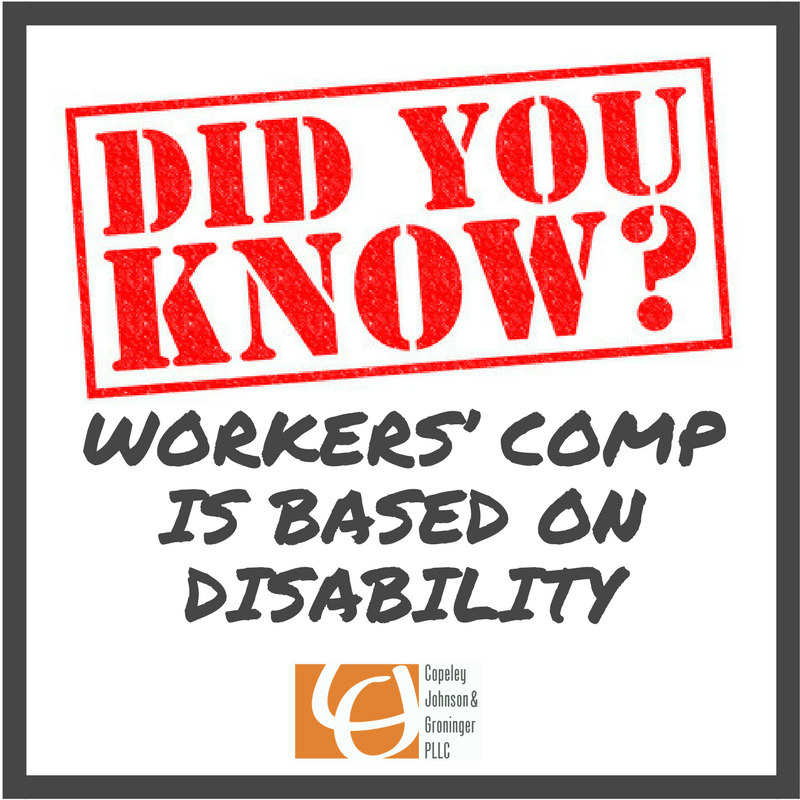
Many injured workers know someone who was injured at work and got a “big” settlement from workers’ comp. But getting a big settlement means that the injured worker suffered a terrible impact to his life and his ability to earn a living. Because Workers’ Comp is based on disability, it means a serious injury and lost money from being out of work. With workers’ compensation settlements, serious injuries accepted by the insurance company usually take a long time before there is a settlement. Sometimes they will never settle. All workers comp settlements are voluntary, and there is no way to force the insurance company to pay more than they want to pay! However it happens, a settlement comes at the end of a workers’ comp case, and sometimes years after the injury.
An injured worker is entitled to only three types of payments from workers’ comp: (1) payment for medical treatment, (2) payment for lost wages, and (3) payment for any permanent injuries. Medical treatment payments include the obvious: visits to the doctor, physical therapy, and hospitalization. It also includes things that you might not think of, including medical travel, broken eyeglasses, and payment for home care for some serious injuries.
Payment for lost wages is to compensate the employee because he is either totally out of work or because he can’t make as much money as he used to before his injury. An out-of-work employee will receive weekly workers’ comp payments equaling two-thirds of his average wages. That is called the workers’ comp rate, and it never changes. If an injured employee can find other work but makes less money, he is entitled to two-thirds of the amount he is losing from what he used to make.
If a worker has a permanent injury, and the doctor determines the amount of permanent injury (the percentage of damage to the body, also known as a rating), the insurance company must pay compensation for it. The amount the injured worker will receive is determined by the rating, the part of the body that was injured and the amount of the workers’ comp rate.
The date that an injured worker finishes healing from the injury is the most important date in his claim. That date is the first day that the injured worker can determine what type of payments they will receive. Some injured workers will not return to work because of their injuries and will receive ongoing weekly benefits and not the payment of a rating. Most injured workers will go back to work but some will not be able to make as much money as before the injury, and they may choose to receive weekly wage loss payments. Still others may choose the amount of the rating, also paid in weekly payments. The law says that the worker gets to choose the option that gives him the most money. Determining which option that will be can take time and a lawyer to figure out.
READ MORE on this topic from Valerie Johnson’s book, Workers Comp 101, Lessons You need to Learn Before It’s Too Late.
 Call Us 919-240-4054
Call Us 919-240-4054
